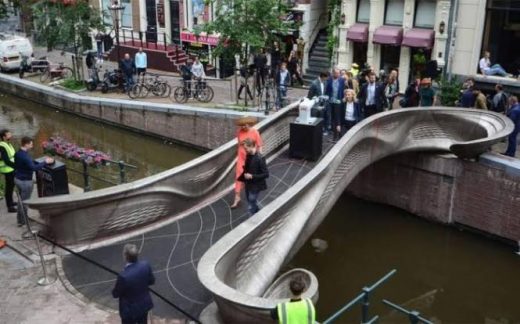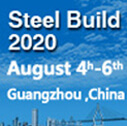By
Mr. S.L. Ghorpade
Under the guidance of Prof. A.B. Shendge
Dattakala Group of Institutions Faculty of Engineering, Swami – Chincholi (Bhigwan).
Abstract- The construction of tunnel is important for different purposes. They can be constructed for railways, roadways, pedestrian footways and can be built in hard rock, soft ground, river bed and are also used to convey Hydroelectric power, water stream, or as a sewer. The construction of Diversion Tunnel, Pressure Shaft, and Tailrace Tunnel to convey water is considered in this project. To identify Scheduling of different activities by various methods Network Diagram, C.P.M., P.E.R.T. and their cycle time is calculated. Scheduling for different activity is carried out with the help of Network Diagram & Primavera Software will be carried out in a project stage II. Study of Estimation for a Diversion Tunnel, Pressure Shaft, and Tailrace Tunnel by both methods. Excavation in heading and benching, Rock bolt support work, lining work is considered for cycle time and cost estimation calculation in Diversion Tunnel, Pressure Shaft, and Tailrace Tunnel. Estimation is also carried out by two methods. The comparison of two methods adopted for excavation work and estimation will be carried out in a project stage II.
Keywords- Scheduling, C.P.M., P.E.R.T., Gantt chart, Network Diagram, Estimation, Heading, Benching, Cycle time, Lining, Rock Bolts, Diversion Tunnel, Pressure Shaft, Tailrace Tunnel.
Read More
























Suggest me a topic for participating in a fest as a civil engineer viz paper and poster presentations etc
please,sir/madam i need a project material on flood control or drainage design
HOW CAN I IMPROVE MY ENGINEERING SENSE ?
By discussing the theory concept what u have learned with ur frndz and experts viz. professors available for u, by doing practicals and the way you are seeing the world should be in nano level.
in measurement of atterberg limits if we sieve the soil through 425 micrometer sieve and perform test it will not give insitu soil limits.then why we are using it?
How to design a grid slab? Please send me any link of the design procedure.
Pleas, sir/madam I want to do project in design mix with the topic of Glass fiber reinforced concrete. Plz I need some material regarding that one.
Iam Proud To be An Civil Engineer………..
pleas, sir/madam I WANT TO DO STRUCTURAL DESIGN A BUILDING .
proud to be a civil engineering student…………..
I want paper presentation on “Integrated land use in Transportation Planning”
According to me;
Civil engineering is a very common thing for peoples; but actually it is very much un-common.
Proud to be a part of it.
that site is goood for civil engg
In triaxial consolidation test, In case of unconsolidated undrain why the pore water pressure constant though increse in confining pressure ?
Please clarify me.
its very useful to every civil engineering student! plz go through it and give informations about it to ur friends
it very useful to all ! go through it!
hi
im have a question
what the diferrent between beam and slab
Beam is a horizontal column where the slab is lying. A slab, is the concrete floor where you are standing.
how to reduce the steel weight for the tower structure after design.
adjust the diameter of steel bars by calculating tension force of each component; use minimum dia bar by which u can reduce the weight of steel. but remember one thing don’t ignore the forces.
am proud to be a civil engineering student
I proud to diplom civil eng student
Masha ALLAH
I am so proud to be civil engineer